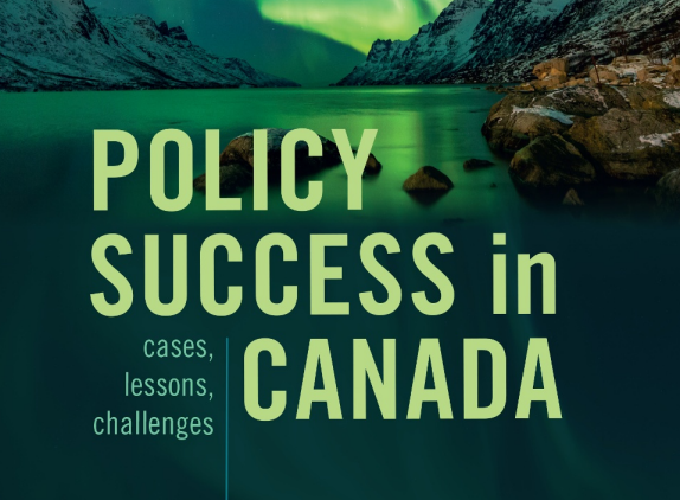The Federal Equalization Program as a Controversial and Contested Policy Success

The Federal Equalization Program as a Controversial and Contested Policy Success
Chapter 12 in E. Lindquist, M. Howlett, G. Skogstad, G. Tellier, P. ’t Hart. eds. Policy Success in Canada: Cases, Lessons, Challenges. Oxford University Press, 2022.
Created in 1957, the federal equalization program addresses the issue of horizontal fiscal imbalance and, more specifically, seeks to reduce interprovincial disparities in fiscal capacity. Excluding the three territories, which fall under Territorial Formula Financing, the equalization program allocates payments to the provinces whose fiscal capacity falls under a national average. This means that, in contrasts to the two other large federal transfers, the Canada Health Transfer and the Canada Social Transfer, equalization does not make annual payments to all the provinces. Simultaneously, since the creation of the program, all the provinces have received equalization payments for at least a few years. In 2019-2020, equalization payments to the five recipient provinces (Manitoba, New Brunswick, Nova Scotia, Prince Edward Island and Quebec) totaled nearly 20 billion dollars. In comparison, that fiscal year, the Canada Health Transfer and the Canada Social Transfer allocated about 40 and 15 billion dollars respectively to provinces and territories.
In this chapter, we argue that equalization policy has been successful in reducing interprovincial inequalities while preserving the autonomy of the provinces, as equalization payments have no strings attached. This capacity to reconcile provincial autonomy with egalitarian goals rooted in shared social citizenship is featured in section 36(2) of the 1982 Constitutional Act: “Parliament and the government of Canada are committed to the principle of making equalization payments to ensure that provincial governments have sufficient revenues to provide reasonably comparable levels of public services at reasonably comparable levels of taxation.” A comparison with the United States, which does not have a stand-alone equalization program, allows us to show why this program makes a difference in the life of Canadians and in the proper functioning of the federation.
It may sound surprising to praise equalization policy in a time where strong voices, especially those coming from Alberta and Saskatchewan, are criticizing the program. In our chapter, we review these criticisms and show that many of them are grounded in basic misunderstandings about how equalization works. This gap between the negative discourse about equalization and the effective functioning of the program is a key political challenge our chapter addresses. Simultaneously, we recognize that some criticisms of equalization policy are legitimate, which is why we offer potential policy solutions to address them and improve this effective and important program Canadians should learn more about.